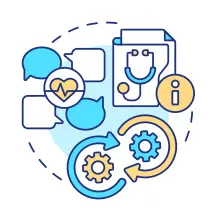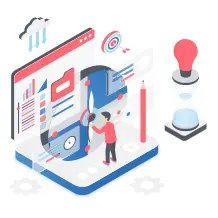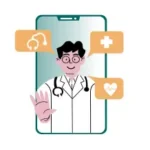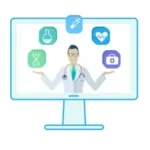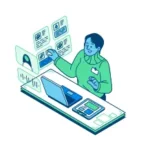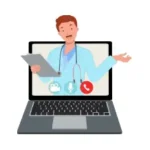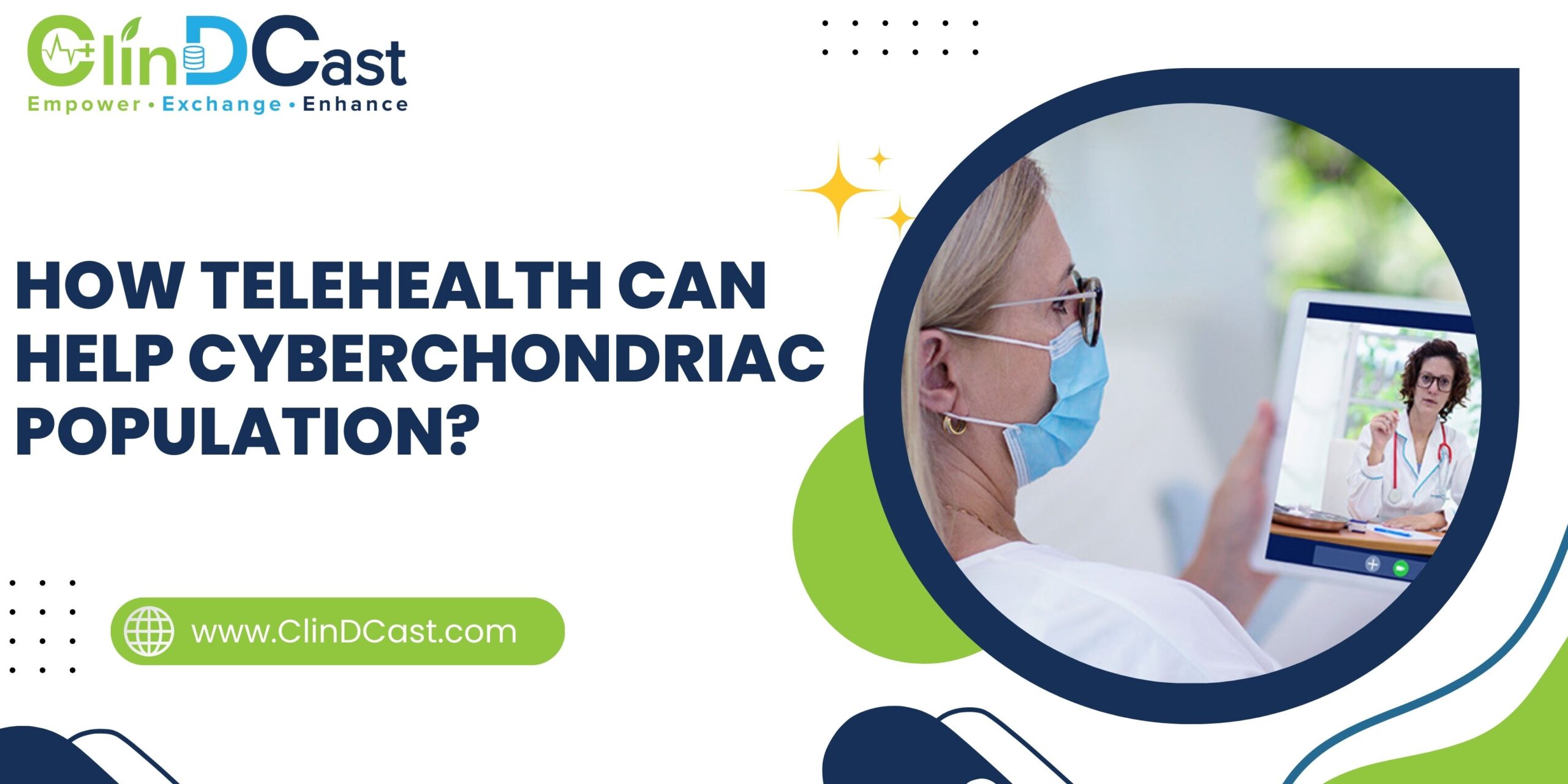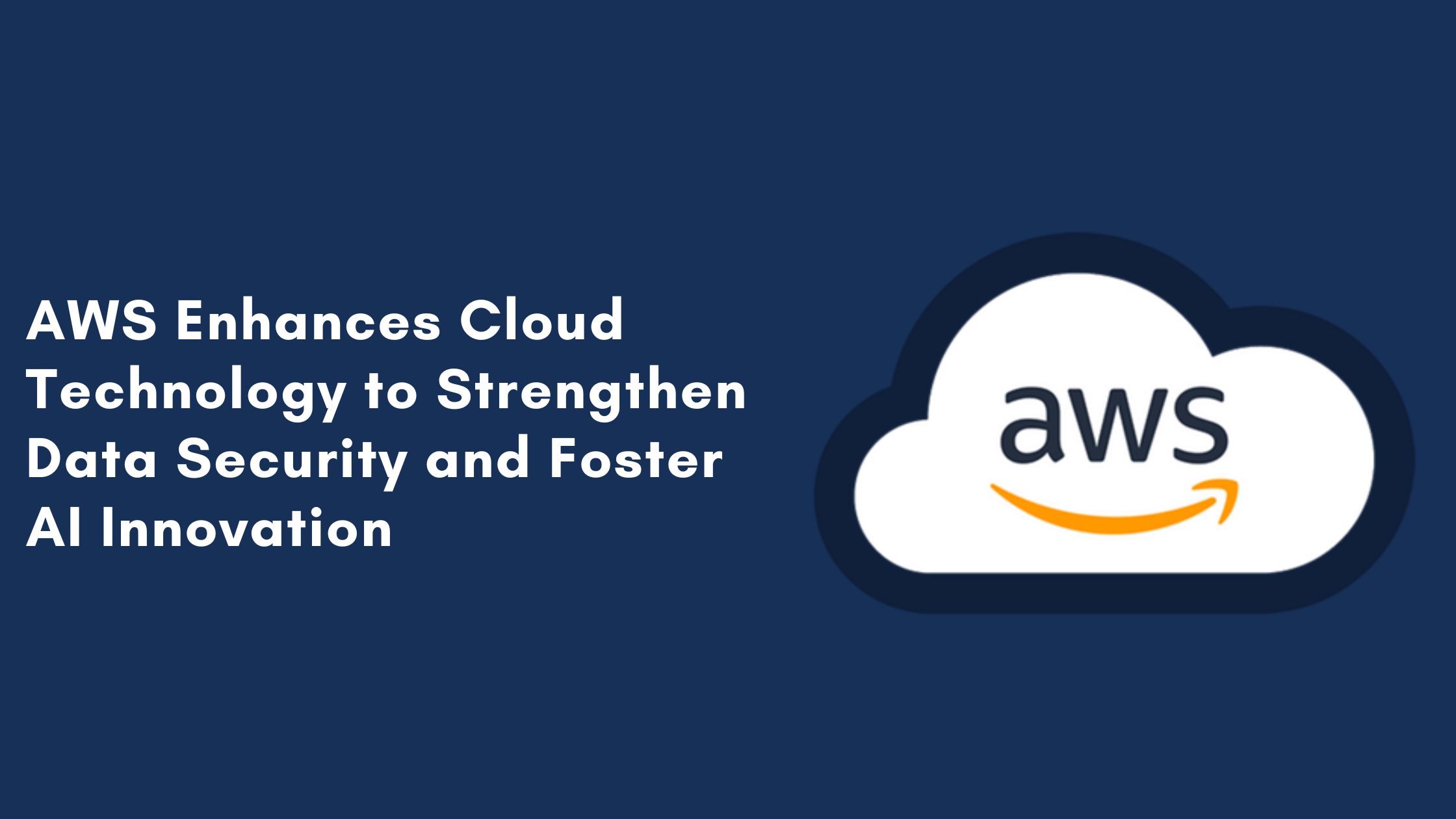
Software companies can benefit greatly from medication tracking software, which is a catalyst for improving patient care and pharmaceutical inventory management. Because they are fostering previously unheard-of levels of interoperability, projects like the HL7 Da Vinci project are revolutionizing the healthcare ecosystem, in this blog we will learn about the Role of Medication Tracking Software in Healthcare Excellence.
Ensuring Success for Pill Intake Software:
- Thorough Market Research: It is critical to conduct extensive market research before to launching the application. This reveals precise functionality requirements and user preferences, ensuring that the solution is appealing to the target audience.
- Crucial Beta Testing: Prioritizing beta testing aids in the identification and resolution of minor issues before the main launch. Real users contribute essential feedback, allowing the user experience to be fine-tuned for peak performance.
- Continuous Evolution: Recognizing that the lifecycle of an application continues beyond its initial release, ongoing refining based on user data assures unwavering user loyalty and long-term success.
- RFID Integration: Consider integrating Radio Frequency Identification (RFID) for real-time medication tracking and data collection. While providing unrivaled accuracy, comparing the advantages against operational costs is critical for keeping healthcare software product firms interested.
The HL7 Da Vinci Project: Pioneering Interoperability for Medication Tracking:
- Data Exchange Dynamo: Data is generated by providers, and it is consumed by payers. FHIR assembles medication reconciliation and birthing Measure Reports, ensuring accurate and efficient communication across the healthcare ecosystem.
- FHIR Resources at Play: Resources like Coverage, Encounter, Location, and Observation facilitate standardized data exchange, enabling interoperability.
Overall Benefits of Medication Tracking Software:
- Automated Vigilance: The software monitors drug supply levels through barcodes and RFID tags, ensuring real-time visibility and reducing the risk of shortages or overstocking.
- Delivery Dynamics: Optimizing logistics reduces the risk of medication delivery errors, enhancing operational efficiency within healthcare facilities.
- Controlled Substance Command: Specialized counts facilitate compliance with regulatory requirements, maintaining accountability for patient safety.
- Medication Reminders: Timely reminders reduce the risk of missed doses and treatment interruptions, improving patient adherence to prescribed regimens.
- Caregiver Notifications: Synchronized medication intake calendars provide real-time insights for caregivers, enabling crucial support and assistance.
- QR Code Magic: Patients can effortlessly scan QR codes for accurate data recording, enhancing medication accuracy for dosage and schedules.
Conclusion
In the area of healthcare, the combination of medication monitoring software and projects like as the HL7 Da Vinci project has the potential to enhance patient care and improve medication inventory management. This tremendous combination provides unrivaled interoperability to both healthcare institutions and software product enterprises.

